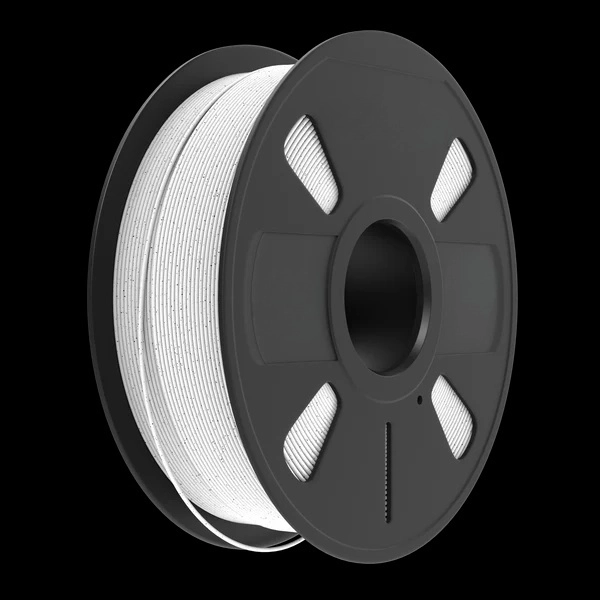In today's digital age, where electronic communication dominates, the importance of paper quality may seem diminished. However, for industries such as printing, publishing, packaging, and stationery, the choice of paper remains a critical factor. One commonly debated aspect is the GSM (Grams per Square Meter) of paper. This article aims to delve into the question: Is higher GSM paper truly better quality?
- Understanding GSM:
GSM refers to the weight of paper per square meter. It is an indicator of paper thickness and density. Higher GSM indicates heavier and thicker paper, while lower GSM suggests lighter and thinner paper. However, GSM alone does not determine paper quality. - Factors Influencing Paper Quality:
a) Purpose: Different applications require varying paper qualities. For instance, printing newspapers may demand lower GSM paper to reduce costs, while luxury packaging may necessitate higher GSM paper for a premium feel.
b) Paper Type: GSM alone cannot determine the quality of different paper types, such as bond paper, coated paper, or recycled paper. Each type has its own specific requirements for various purposes.
c) Fiber Quality: The quality of paper largely depends on the fibers used. Factors like fiber length, strength, and purity impact the overall paper quality, irrespective of GSM.
d) Finish and Coating: The surface finish and coating applied to the paper can significantly enhance its quality, even at lower GSM. Coatings like gloss, matte, or silk can improve printability, durability, and aesthetics. - Application-Specific Considerations:
a) Printing and Publishing: While higher GSM paper may offer better opacity and durability, it may not be suitable for high-speed printing due to increased ink absorption. Lower GSM paper can be more cost-effective for mass printing.
b) Packaging: Higher GSM paper provides better strength and protection, making it ideal for luxury packaging, product boxes, and bags.
c) Stationery: The choice of GSM depends on the intended use. For notebooks or notepads, a medium GSM paper offers a balance between durability and portability. - Environmental Impact:
Higher GSM paper often requires more raw materials, energy, and water during production. As sustainability gains importance, it is crucial to consider the environmental impact of paper choices. Opting for lower GSM paper or eco-friendly alternatives can help reduce the carbon footprint.
Conclusion:
In conclusion, the quality of paper cannot be solely determined by its GSM. Various factors, including purpose, paper type, fiber quality, finish, and coating, play vital roles in determining paper quality. Higher GSM paper may offer advantages in certain applications, but it is not universally superior. Understanding the specific requirements of each industry and purpose is essential for making informed decisions. By considering the environmental impact, we can strive for a balance between quality and sustainability in our paper choices.





